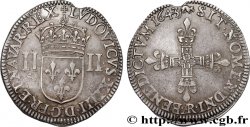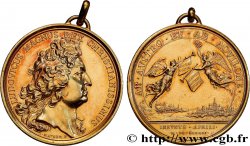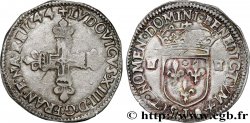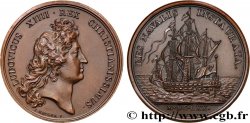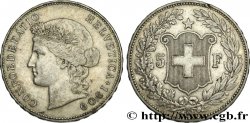Live auction - bry_459362 - LOUIS XIV "THE SUN KING" Essai de la pièce de 30 deniers 1658 Paris
Чтобы принять участие в торгах, вы должны войти в систему и стать подтвержденным участником аукциона. Войдите, чтобы сделать ставку. Ваш аккаунт будет подтвержден в течение 48 часов. Не ждите до закрытия торгов, чтобы зарегистрироваться.Сделав ставку на данный товар, вы вступаете в юридическое соглашение на покупку выбранного товара и нажатием кнопки «Сделать ставку» подтверждаете принятие вами условий интернет-аукционов cgb.fr.
Ставка может бить сделана только в полном эквиваленте евро. Торги закроются согласно времени, указанному в описании товара, все ставки, сделанные после закрытия торгов, учитываться не будут. Не следует откладывать предложение вашей ставки до последнего момента, так как система может не успеть обработать вашу заявку, и ваша ставка не будет принята. Более детальную информацию вы найдёте здесь: FAQ по интернет-аукционам.
Все ставки победителей подлежат комиссии 18%.
Все ставки победителей подлежат комиссии 18%.
| Оценить : | 4 000 € |
| Цена : | 2 000 € |
| Максимальная предлагаемая цена : | 2 000 € |
| Конец торгов : | 12 December 2017 15:58:08 |
| Участников : | 1 Участников |
Тип Essai de la pièce de 30 deniers
Дата: 1658
Монетный двор / Город: Paris
Металл: silver
Диаметр: 24 mm
Ориентация осей монеты: 6 h.
Вес: 3,43 g.
Редкость: R3
Комментарии о состоянии
Cet essai de la pièce de 30 deniers est frappé sur un flan large et régulier. Exemplaire recouvert d’une patine grise. Faiblesse de frappe au centre du revers
Происхождение:
Exemplaire de la collection Charlet et provenant de la vente sur offres Burgan, 18 juin 1991, n° 647, 3,43 g (classée par erreur en essai piéfort du douzain)
Лицевая сторона
Аверс: легенда: .LVD. XIIII. D. G. FR. - A - .ET. NAV. REX. 1658.
Аверс: описание: Écu de France couronné accosté de deux L couronnées.
Аверс: перевод: (Louis XIV, par la grâce de Dieu, roi de France et de Navarre).
Обратная сторона
Реверс: легенда: (ROSE) SIT. NOMEN. DOMINI. BENEDICTVM.
Реверс: Описание: Croix échancrée, cantonnée de quatre lis.
Реверс: перевод: (Béni soit le nom du Seigneur).
Комментарий
Essai de la plus grande rareté. En 1987, Droulers a classé cette monnaie en tant qu’essai. Jean Duplessy a par la suite classé par erreur cet essai en tant que pièce courante et sous l’appellation “douzain” qui aurait été frappé après le 14 août 1658 ! Il s’agit en fait d’une pièce d’essai de 30 deniers. D’après nos recherches aux Archives nationales (AN, Z1b 348A), le 17 juillet 1658, le graveur général Jean Warin déposa au greffe de la Cour des monnaies de Paris six poinçons pour les pièces de 15 et 30 deniers destinés aux monnaies de Nantes et Rennes « deux desquelz poinçons contenant seullement les escussons desdites pièces sans légende, deux autres pour frapper les carrez de la croix desdites espèces de quinze et trente deniers avec la légende autour contenant ces motz SIT NOMEN DOMINI BENEDICTVM et quatre fleurs de liz dans les angles de ladite croix, laquelle est pattée, a le grènetis autour de ladite légende et les deux autres d'escusson autour desquels est la légende contenant ces mots : LUD. XIIII. D. G. FR. ET NAV. REX avec le millésime 1658 et deux L couronnées à costé desdits escussons » ainsi que quatre matrices, deux pour servir aux poinçons d'écusson et deux aux poinçons de croix. Les registres des productions et les ouvertures des boîtes ne mentionnent jamais ces pièces de 30 et 15 deniers, prouvant qu’elles ne furent jamais frappées en tant que monnaie courante. Seuls de rares essais pour Paris sont connus. La frappe de ces monnaies était prévue dans le bail général avorté qui avait été accordé par la Conseil du roi à Pierre Tissier.
Test of the greatest rarity. In 1987, Droulers classified this coin as an essay. Jean Duplessy later mistakenly classified this test as a common coin and under the name “douzain” which would have been struck after August 14, 1658! It is in fact a test piece of 30 deniers. According to our research in the National Archives (AN, Z1b 348A), on July 17, 1658, the general engraver Jean Warin deposited with the registry of the Cour des monnaies de Paris six punches for the 15 and 30 denier coins intended for the mints of Nantes and Rennes \\\"two of which punches contain only the shields of the said coins without legend, two others to strike the squares of the cross of the said fifteen and thirty denier species with the legend around containing these words SIT NOMEN DOMINI BENEDICTVM and four fleurs-de-lis in the angles of the said cross, which is pattée, has the beading around the said legend and the other two shields around which is the legend containing these words: LUD. XIIII. D. G. FR. AND NAV. REX with the year 1658 and two crowned Ls next to the said shields\\\" as well as four matrices, two for use with shield punches and two for cross punches. Production records and box openings never mention these 30 and 15 denier coins, proving that they were never minted as common coin.. Only rare attempts for Paris are known.. The minting of these coins was provided for in the aborted general lease which had been granted by the King's Council to Pierre Tissier
Test of the greatest rarity. In 1987, Droulers classified this coin as an essay. Jean Duplessy later mistakenly classified this test as a common coin and under the name “douzain” which would have been struck after August 14, 1658! It is in fact a test piece of 30 deniers. According to our research in the National Archives (AN, Z1b 348A), on July 17, 1658, the general engraver Jean Warin deposited with the registry of the Cour des monnaies de Paris six punches for the 15 and 30 denier coins intended for the mints of Nantes and Rennes \\\"two of which punches contain only the shields of the said coins without legend, two others to strike the squares of the cross of the said fifteen and thirty denier species with the legend around containing these words SIT NOMEN DOMINI BENEDICTVM and four fleurs-de-lis in the angles of the said cross, which is pattée, has the beading around the said legend and the other two shields around which is the legend containing these words: LUD. XIIII. D. G. FR. AND NAV. REX with the year 1658 and two crowned Ls next to the said shields\\\" as well as four matrices, two for use with shield punches and two for cross punches. Production records and box openings never mention these 30 and 15 denier coins, proving that they were never minted as common coin.. Only rare attempts for Paris are known.. The minting of these coins was provided for in the aborted general lease which had been granted by the King's Council to Pierre Tissier







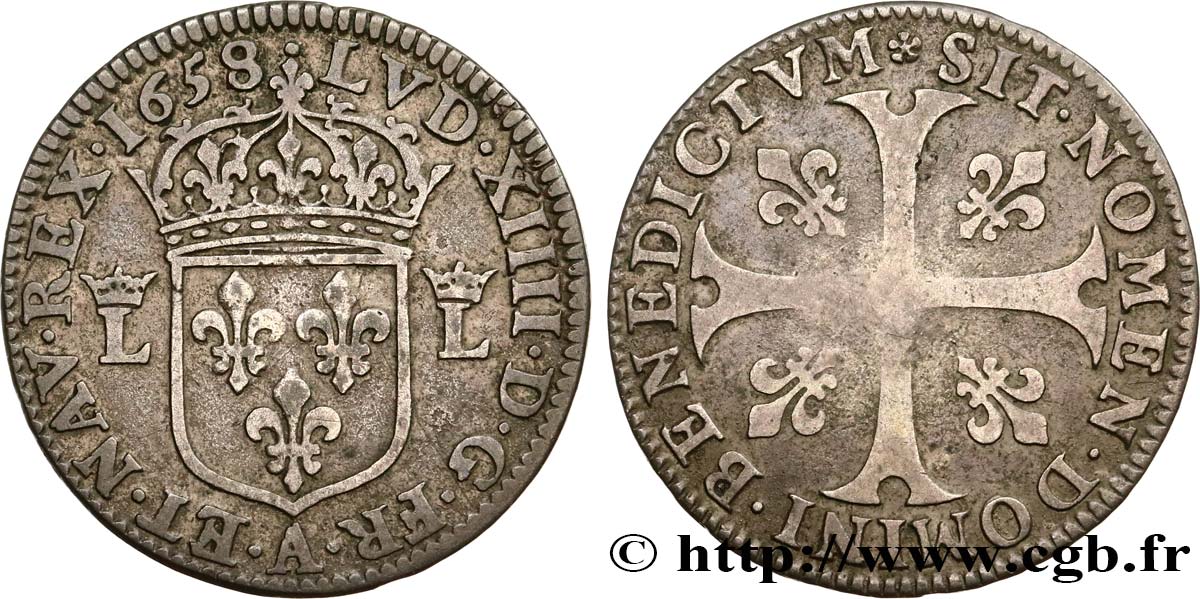
 Cообщить об ошибке
Cообщить об ошибке Распечатать страницу
Распечатать страницу Отправить мой выбор
Отправить мой выбор Задать вопрос
Задать вопрос Consign / sell
Consign / sell
 Информация
Информация